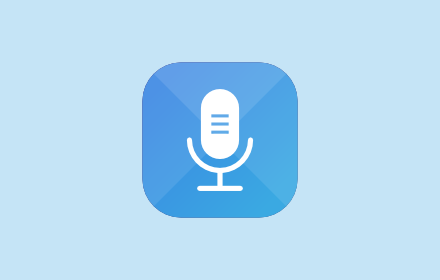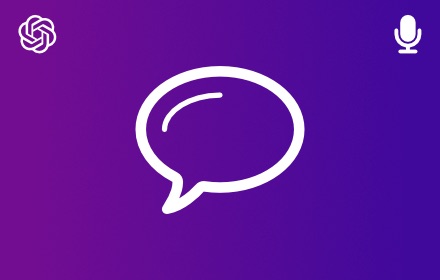Voice-First Technology Integration: Redefining the Way We Interact with Technology
Voice-first technology integration is reshaping the way we interact with the myriad devices and services that permeate our lives. At the core of this shift is the seamless transition from touch, type, and click to speak and listen - a change that's fostering a more natural and intuitive user experience. Coupled with advancements in artificial intelligence and machine learning, voice-first technology is not merely an ancillary feature but is becoming central to how we engage with technology.
The Rise of Voice-First Interface
As we delve into voice-first technology integration, we see it emerging as a dominant user interface, altering how we accomplish daily tasks and interact with the digital world. It's less about the elimination of screens and more about the addition of a new, conversation-based layer of usability that enhances interaction with our gadgets and systems.
The ubiquitous presence of smart speakers and voice-activated devices in homes and offices stands testament to the silent revolution of voice technology. From initiating web searches and controlling smart home devices to interacting with virtual assistants like Mia from the Voice Control for ChatGPT browser extension, the applications are diverse and growing.
Voice-First Technology Integration in Everyday Life
Voice-first technology integration has penetrated everyday life, providing convenience and accessibility like never before. For individuals with disabilities, voice technology represents a leap towards independence, enabling control of their environment and access to information without the need for a physical interface.
In the realm of mobile apps and customer service, voice interactions reduce friction, offering users immediate assistance and personalized experiences. Companies leveraging this technology report increased customer satisfaction and engagement, as the ease of voice commands often outstrips traditional methods of navigation and data entry.
Enhancing Interactions with Voice-First Technology
Embedding voice-first technology into various platforms not only simplifies user engagement but also paves the way for innovative applications that stretch beyond current limitations. For instance, language learning is immensely benefited by voice features, allowing learners to practice pronunciation and receive real-time feedback.
Furthermore, virtual assistants, such as Voice Control for ChatGPT's Mia AI assistant, are becoming more skilled conversationalists. Mia offers thoughtful dialogue on life and work, assisting users with a range of inquiries and tasks, thus embodying the full promise of voice-first technology integration.
Voice-first technology integration is no longer a futuristic concept but a present-day reality that's constantly evolving. As technology advances and becomes more sophisticated, the ways in which we can harness voice for seamless interaction with our devices and services will only expand, promising an exciting road ahead for voice technology and its applications.
Subscribe to our newsletter
Subscribe to our newsletter for tips, exciting benefits, and product updates from the team behind Voice Control!
Other projects from the team

Talkio AI
The ultimate language training app that uses AI technology to help you improve your oral language skills.

TalkaType
Simple, Secure Web Dictation. TalkaType brings the convenience of voice-to-text technology directly to your browser, allowing you to input text on any website using just your voice.

Voice Control for Gemini
Expand the voice features of Google Gemini with read aloud and keyboard shortcuts for the built-in voice recognition.